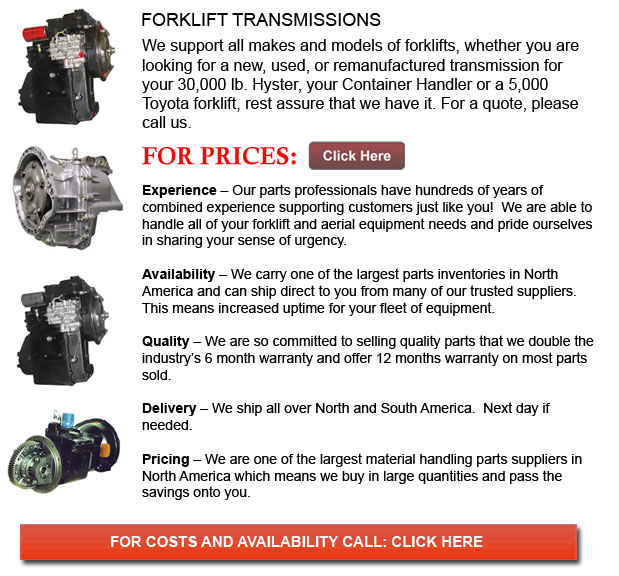
Forklift Transmissions - A transmission or gearbox makes use of gear ratios so as to supply torque and speed conversions from one rotating power source to another. "Transmission" means the complete drive train which consists of, clutch, differential, final drive shafts, prop shaftand gearbox. Transmissions are more frequently utilized in vehicles. The transmission alters the output of the internal combustion engine in order to drive the wheels. These engines have to work at a high rate of rotational speed, something that is not suitable for stopping, starting or slower travel. The transmission increases torque in the process of decreasing the higher engine speed to the slower wheel speed. Transmissions are likewise used on fixed machinery, pedal bikes and wherever rotational speed and rotational torque need change.
There are single ratio transmissions which perform by changing the speed and torque of motor output. There are a lot of various gear transmissions which could shift amid ratios as their speed changes. This gear switching could be done by hand or automatically. Forward and reverse, or directional control, could be supplied also.
In motor vehicles, the transmission is usually attached to the crankshaft of the engine. The transmission output travels through the driveshaft to one or more differentials and this process drives the wheels. A differential's main purpose is to be able to alter the rotational direction, though, it could even provide gear reduction as well.
Power transmission torque converters as well as different hybrid configurations are other alternative instruments utilized for torque and speed alteration. Conventional gear/belt transmissions are not the only mechanism accessible.
The simplest of transmissions are simply called gearboxes and they supply gear reductions in conjunction with right angle change in the direction of the shaft. Every now and then these simple gearboxes are utilized on PTO machinery or powered agricultural equipment. The axial PTO shaft is at odds with the normal need for the powered shaft. This shaft is either vertical, or horizontally extending from one side of the implement to another, depending on the piece of equipment. Silage choppers and snow blowers are examples of much more complex equipment which have drives providing output in multiple directions.
The kind of gearbox in a wind turbine is a lot more complex and bigger as opposed to the PTO gearboxes found in farm machines. These gearboxes change the slow, high torque rotation of the turbine into the faster rotation of the electrical generator. Weighing up to quite a few tons, and depending upon the size of the turbine, these gearboxes usually have 3 stages to be able to achieve an overall gear ratio beginning from 40:1 to over 100:1. To be able to remain compact and to distribute the massive amount of torque of the turbine over more teeth of the low-speed shaft, the primary stage of the gearbox is usually a planetary gear. Endurance of these gearboxes has been a concern for some time.
![]() Click to Download the pdf
Click to Download the pdf
Forklift Parts
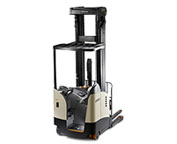
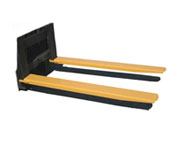
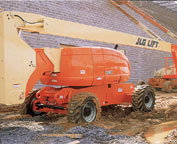
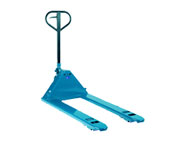
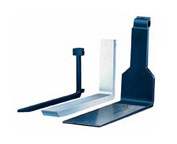
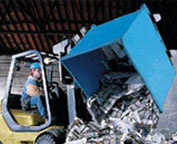
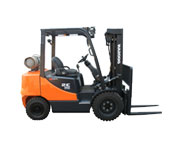

Lift Parts Express
TOLL FREE: 1-888-695-7994
LOCAL: 805-285-7052
1197 E Los Angeles Ave C-331
Simi Valley, California
forkliftpartssimivalley.com
Email Us
About Us


